Miniature Masterpieces Called Bonsai
The captivating world of bonsai, where nature and artistry converge to create living masterpieces. Discover the history, techniques, and enduring appeal of this ancient Japanese practice that celebrates the harmony of miniature trees and human creativity.
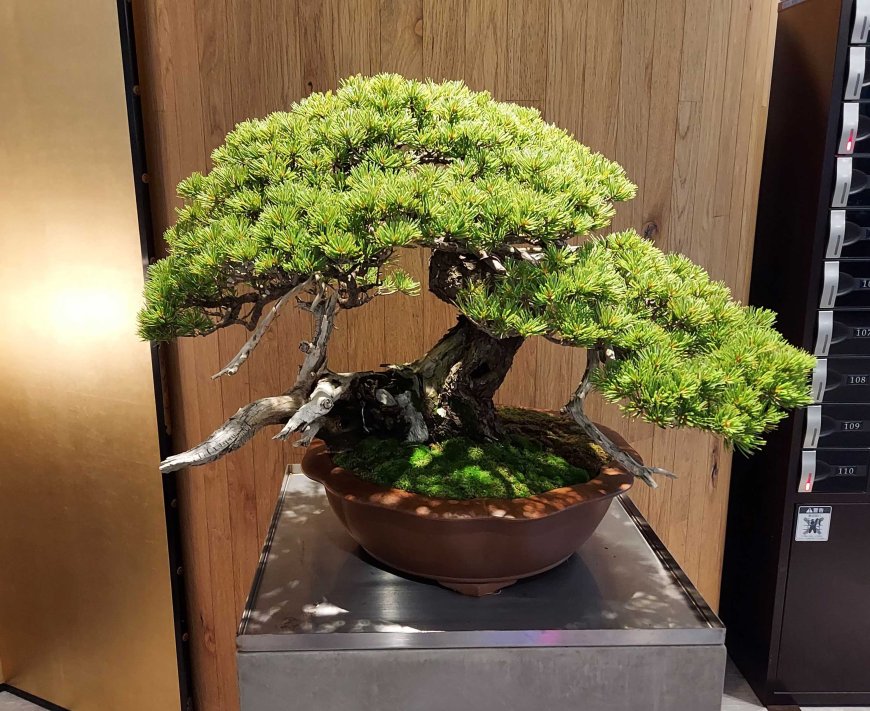
A Journey into the World of Miniature Trees
In the world of gardening and horticulture, few practices encapsulate the harmony of nature, artistry, and patience quite like bonsai. Bonsai, a Japanese art form that dates back over a thousand years, involves the cultivation of miniature trees and shrubs in small containers. These living masterpieces offer a glimpse into the intricate relationship between humans and the natural world.
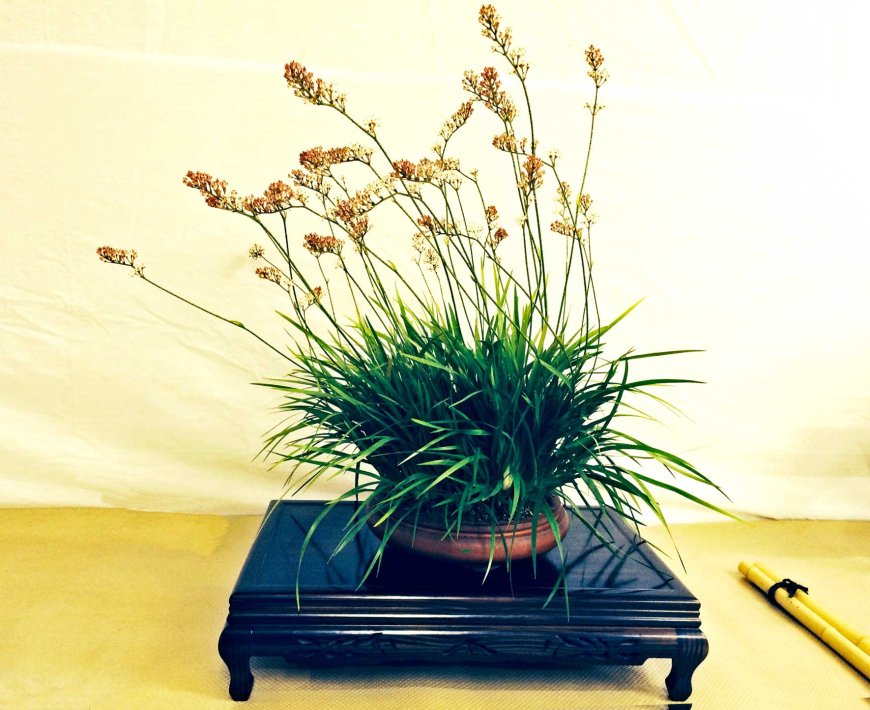
A Brief History of Bonsai
The history of bonsai can be traced back to ancient China, where it was initially known as "penjing." Chinese scholars and artists began cultivating miniature trees in pots, seeking to capture the essence of the natural world in a confined space. These early efforts laid the foundation for what would become the art of bonsai.
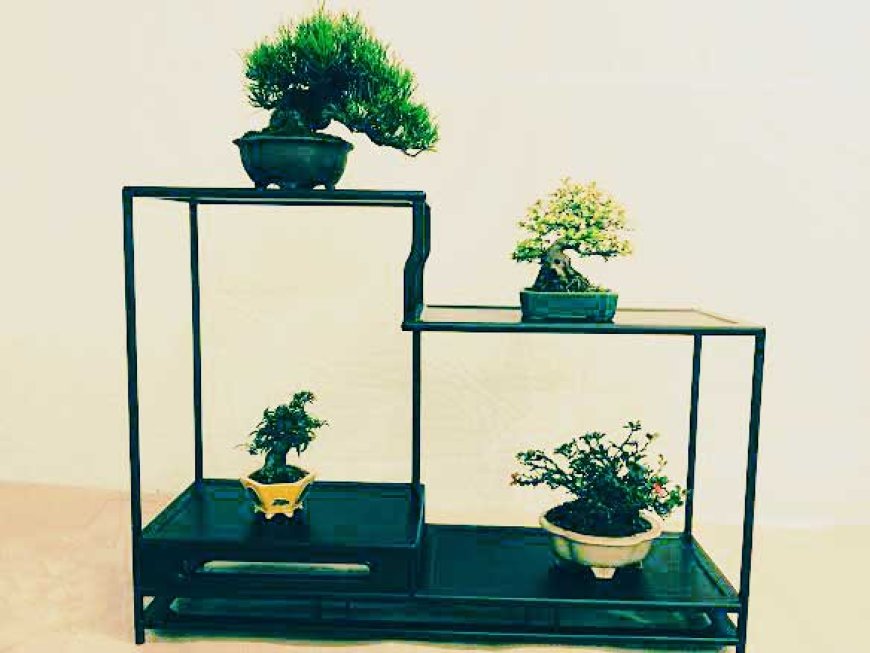
Bonsai as we know it today was refined in Japan, where it was influenced by Zen Buddhism. The Japanese term "bonsai" translates to "tray planting," emphasizing the practice's focus on nurturing and shaping trees in small containers. Over the centuries, bonsai evolved as both an art form and a symbol of patience, discipline, and harmony with nature.
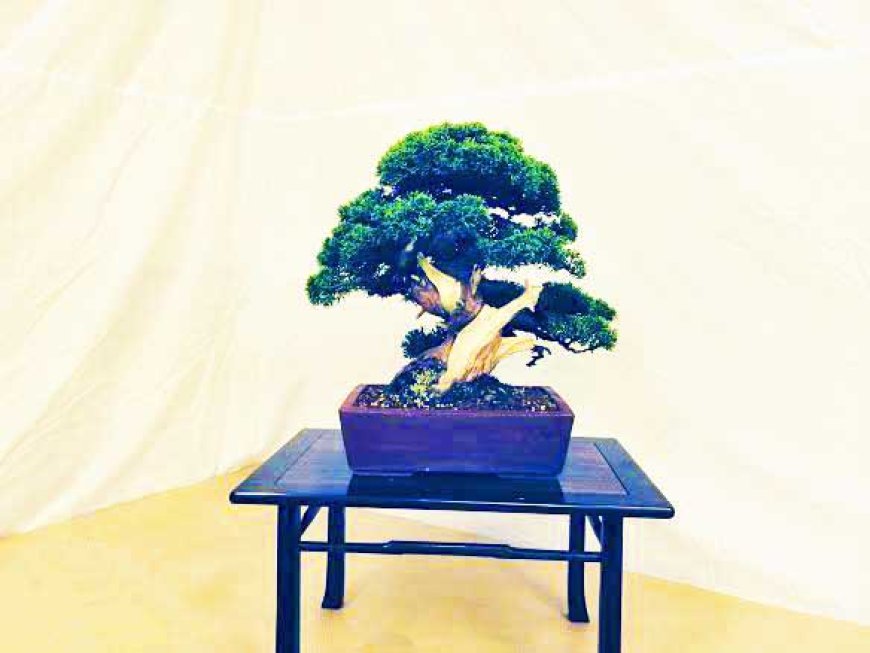
The Artistic Essence of Bonsai
At its core, bonsai is the art of capturing the essence of a full-sized tree within the confines of a small pot. Achieving this involves a delicate balance of horticultural expertise and artistic sensibility. Bonsai artists meticulously prune, wire, and shape their trees to mimic the natural growth patterns of their full-sized counterparts.
One of the key principles in bonsai design is the concept of "miyabi," which refers to a sense of refinement and elegance. Bonsai should exude a sense of age, maturity, and balance. The artist aims to create a composition that is both visually striking and emotionally resonant. Every twist of a branch and every turn of a leaf is carefully considered to evoke a sense of harmony and serenity.
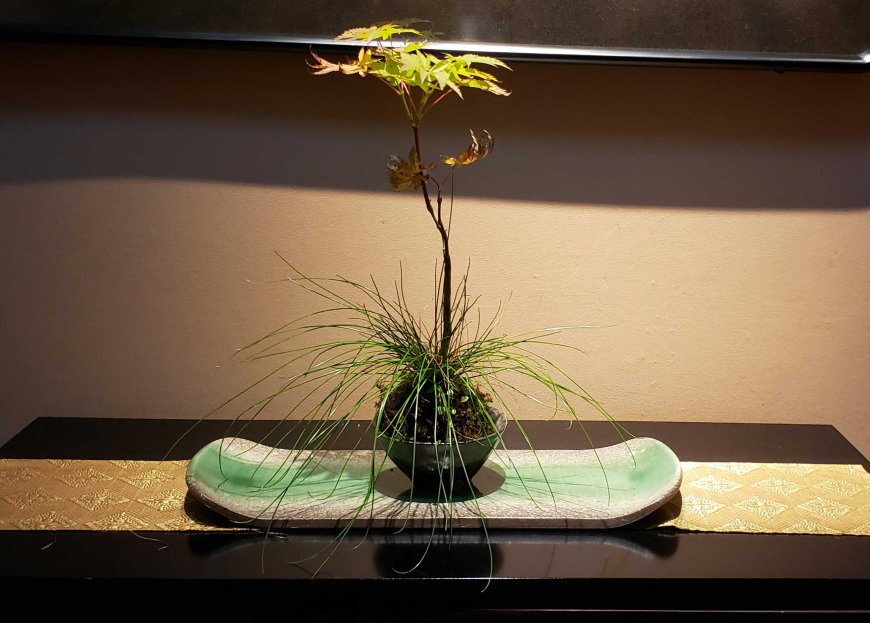
The Techniques of Bonsai
Bonsai requires a deep understanding of horticulture and tree physiology. Successful cultivation depends on several essential techniques:
- Pruning: Regular pruning is crucial to maintaining the bonsai's miniature size and shape. Pruning also encourages new growth and helps refine the tree's structure.
- Wiring: Wiring is used to bend and shape branches and trunks. It is a precise and delicate process that requires skill and patience.
- Repotting: Bonsai trees need to be repotted periodically to provide fresh soil and prevent root-bound growth. This also allows for adjustments to the tree's position and style.
- Soil and Watering: Bonsai trees require a specialized soil mix that provides adequate drainage while retaining essential nutrients. Watering is carefully regulated to prevent over- or under-watering.
- Styling: Bonsai artists follow various traditional styles, each with its unique characteristics, such as formal upright, informal upright, slanting, and cascading. These styles determine the tree's overall appearance and shape.
Find Japanese Products on Amazon
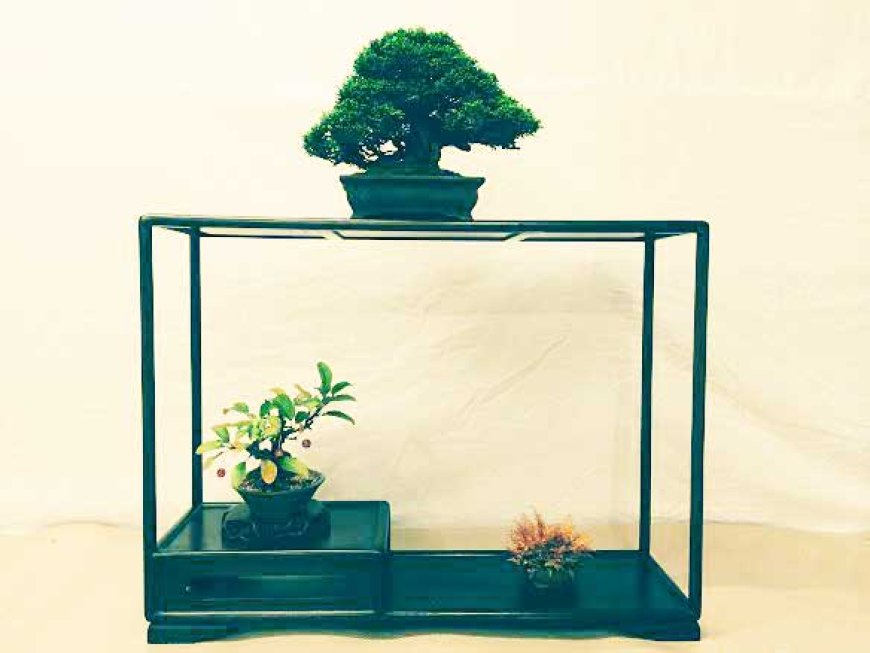
The Timeless Appeal of Bonsai
Bonsai's enduring popularity can be attributed to several factors:
- Aesthetic Beauty: Bonsai trees are exquisite, living works of art that capture the beauty of nature in miniature. Their visual appeal is both calming and inspiring.
- Connection to Nature: Bonsai provides a tangible connection to the natural world, even for those who live in urban environments. Caring for a bonsai tree allows individuals to experience the changing seasons and the growth of a tree up close.
- Patience and Reflection: Bonsai is a practice that encourages patience and reflection. It takes years, sometimes decades, to develop a truly exceptional bonsai tree. This slow and deliberate process fosters a sense of mindfulness and appreciation for the passage of time.
- Personal Expression: Bonsai allows for a high degree of personal expression. Each tree is unique, reflecting the artist's vision, style, and interpretation of nature.
- Learning and Mastery: Bonsai is a lifelong learning journey. There is always something new to discover, whether it's a new technique, tree species, or aesthetic approach. This continuous growth and exploration make bonsai a fulfilling hobby.
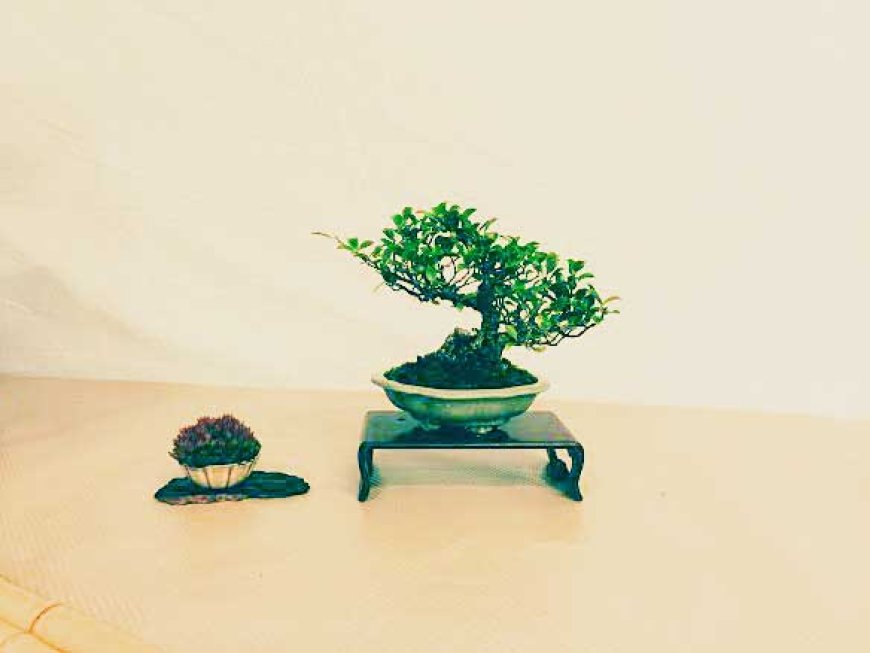
Bonsai is more than just gardening; it is a profound artistic expression that bridges the gap between humans and the natural world. The ancient practice of cultivating miniature trees in pots has evolved into a timeless art form that continues to captivate and inspire people worldwide. Through the careful application of horticultural techniques and artistic sensibility, bonsai artists create living masterpieces that serve as a testament to the enduring beauty and harmony of nature. Whether you are a seasoned bonsai enthusiast or someone new to the world of miniature trees, bonsai offers a profound journey of creativity, patience, and connection to the living artistry of the natural world.
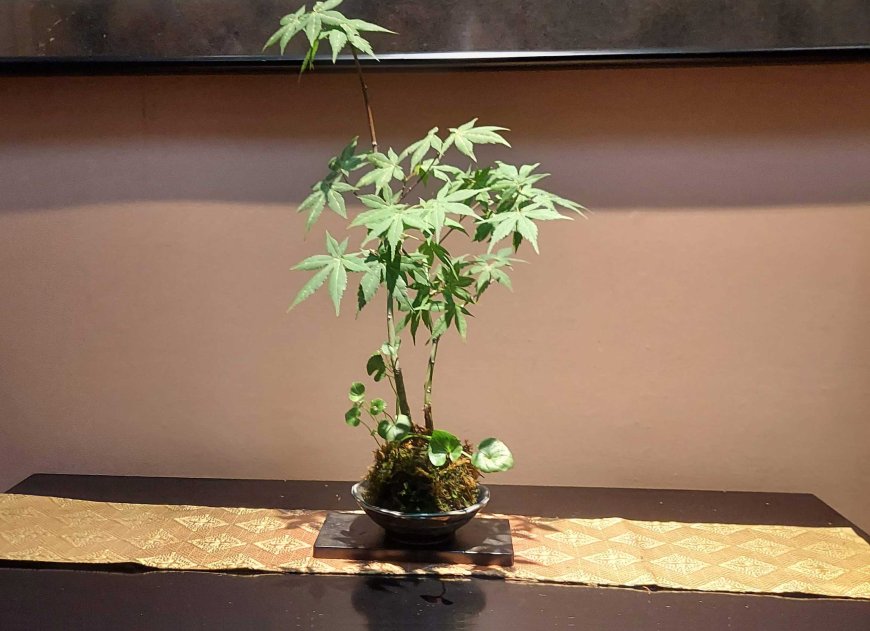
Find Cheap Flight Tickets to any Destinations in Japan and the Philippines
Nipino.com is committed to providing you with accurate and genuine content. Let us know your opinion by clicking HERE.



































































